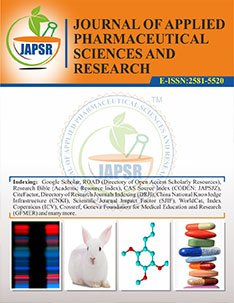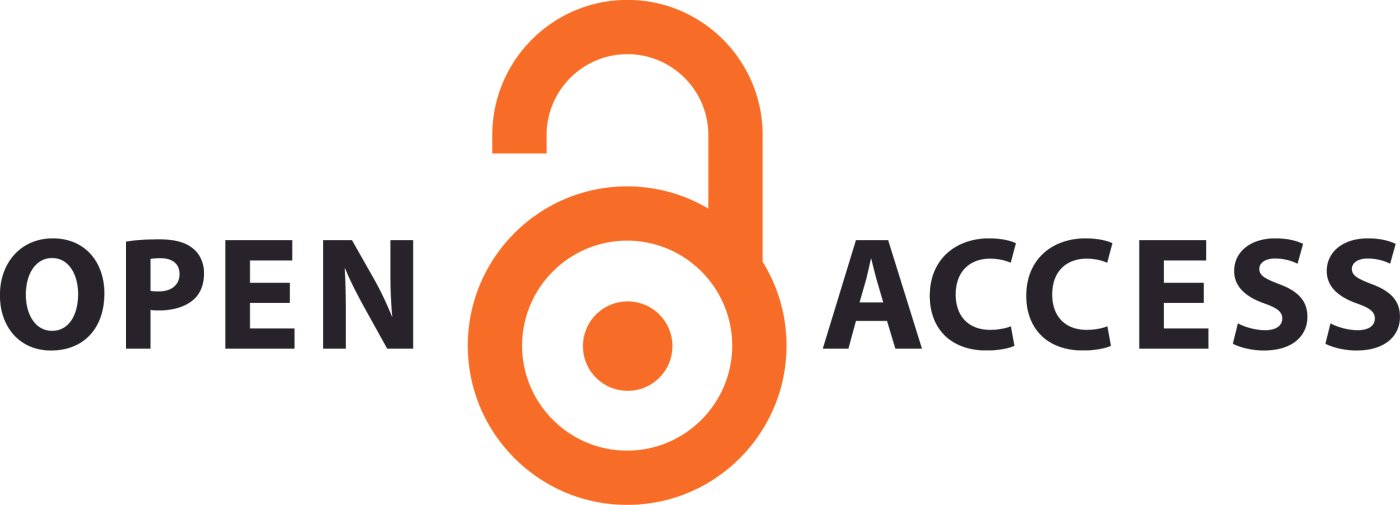A COMPREHENSIVE REVIEW ON NATURAL REMEDIES FOR DIABETES: A METABOLIC DISORDER
Abstract
Metabolic syndrome (MetS) is a group of metabolic imbalances that involves hypertension, central obesity, insulin resistance, and atherogenic dyslipidemia. It is linked to an increased risk of diabetes and atherosclerotic and non-atherosclerotic cardiovascular disease (CVD). MetS have gained significant importance recently due to the exponential increase in obesity worldwide. The two main causes of this kind of syndrome are an increase in high-calorie, low-fiber fast food consumption and a decrease in physical activity owing to mechanized transportation and sedentary leisure activities. The syndrome contributes to the spread of diseases such as type 2 diabetes, coronary artery disease, stroke, and others. Herbal treatments have a long history of use in the treatment and prevention of disorders, including diabetes, when compared to conventional medicine. Diabetes is one of the world's most serious public health issues. Diabetes mellitus is a syndrome marked by hyperglycemia, changes in lipid, carbohydrate, and protein metabolism, and long-term consequences affecting the eyes, kidneys, cardiovascular system, and nervous system. For thousands of years, plants and their derivatives are being used for the treatment of diabetes and continue to provide mankind with new remedies. Also, the recent increase in the number of people suffering from diabetes worldwide and several associated complications leads to paying more attention to remedies for diabetes. Hence a review of conventional and recently explored plants useful in the treatment of diabetes concise and aimed to revert back to the conventional plant benefits and utilization of medicinal plants.
Downloads
All the articles published in JAPSR are distributed under a creative commons license (CC BY-NC-SA 4.0)
Under this license, you are free to:
- Share- copy and redistribute the material in any medium or format for any purpose, even commercially.
- Adapt- remix, transform, and build upon the material for any purpose, even commercially.
The licensor cannot revoke these freedoms as long as you follow the license terms.
- Attribution — You must give appropriate credit , provide a link to the license, and indicate if changes were made . You may do so in any reasonable manner, but not in any way that suggests the licensor endorses you or your use.
- NonCommercial — You may not use the material for commercial purposes .
- ShareAlike — If you remix, transform, or build upon the material, you must distribute your contributions under the same license as the original.
- No additional restrictions — You may not apply legal terms or technological measures that legally restrict others from doing anything the license permits.
Copyright policy
The journal allows the author(s) to hold the copyright of their work. That means the authors do not need to transfer the copyright of their work to the journal. However, the authors grant JAPSR a license to publish the article and identify itself as the original publisher.
Licensing policy
The journal allows the author(s) to hold the copyright of their work. That means the authors do not need to transfer the copyright of their work to the journal. However, the authors grant JAPSR a license to publish the article and identify itself as the original publisher.






